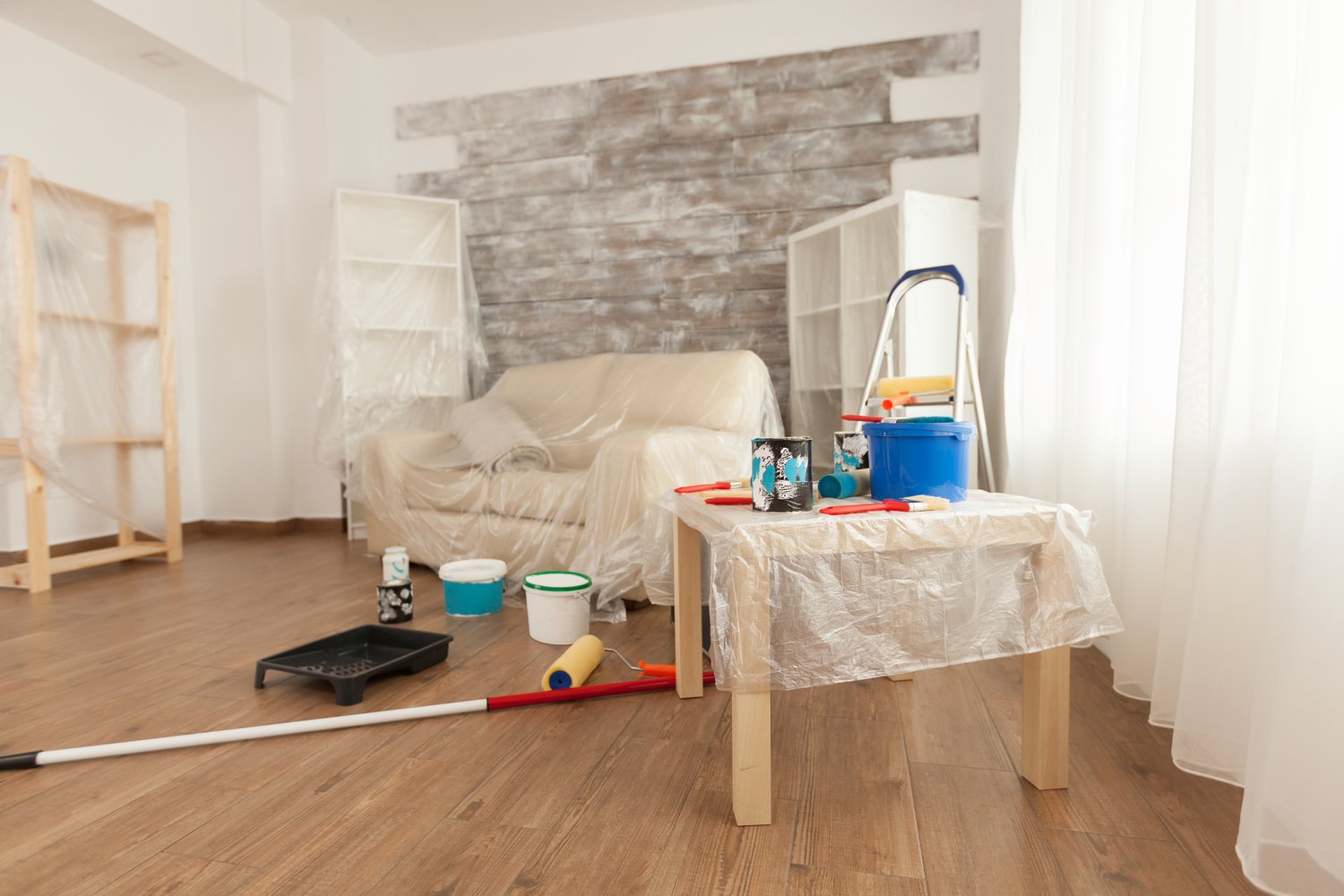Home improvement projects can transform your living space, increase your property value, and deliver significant satisfaction when completed. However, homeowners often face the crucial decision of whether to tackle these projects themselves or hire professionals. This comprehensive cost-benefit analysis examines popular home renovation projects, weighing factors like costs, time investment, skill requirements, and potential risks. By understanding the true trade-offs between DIY approaches and professional services, you can make informed decisions that balance budget concerns with quality outcomes.
Understanding the True Costs of DIY
When evaluating diy vs pro options, many homeowners focus primarily on material costs while overlooking other significant factors. DIY projects typically save on labor expenses, which can represent 50-70% of total project costs. However, this calculation becomes more complex when accounting for tool purchases, potential mistakes requiring correction, and the value of your time. For major home improvement projects, the hidden costs can accumulate quickly. Additionally, DIY work typically takes longer to complete than professional services, extending the disruption to your daily life and potentially impacting the overall value of the improvement if selling your home is on the horizon.
Interior Painting: The Gateway DIY Project
Interior painting stands as one of the most approachable diy home projects for beginners. The skill barrier is relatively low, materials are affordable, and mistakes are generally easy to correct. For a standard 12×12 bedroom, professional painting services might cost $300-$800, while DIY materials would typically run $100-$200. The 6-10 hour time investment for an amateur painter represents significant savings. However, professionals bring efficiency, proper preparation techniques, and often a smoother finish. For standard rooms with regular ceiling heights, DIY painting makes financial sense for most homeowners willing to invest a weekend of work. The equation changes for high ceilings, detailed trim work, or when specialized finishes are desired—situations where professional expertise may justify the additional expense.
Flooring Installation: When Skill Matters
Flooring replacement represents a middle-ground home renovation project where the DIY calculation depends heavily on the specific material and the homeowner’s skill level. Vinyl plank or laminate flooring with click-lock systems can be manageable for moderately skilled DIYers, potentially saving $2-$5 per square foot in installation costs. However, projects involving ceramic tile, hardwood, or complex room layouts require precision tools, specialized knowledge, and experience to achieve professional-quality results. Mistakes in flooring installation often necessitate complete material replacement, potentially eliminating any initial savings. When considering when to hire a contractor, flooring projects should be evaluated based on your comfort with precise measurements, ability to work with specialized tools, and the complexity of the installation pattern. According to experts at AskHomey, flooring installation ranks among the top projects where homeowners frequently underestimate the technical difficulty involved.
Kitchen and Bathroom Renovations: Professional Territory
Kitchen and bathroom renovations represent the highest-stakes home improvement projects both in terms of investment and potential to affect home value. These spaces typically involve multiple specialized trades including plumbing, electrical, cabinetry, countertop installation, and tiling. While determined homeowners might handle certain aspects like cabinet assembly or simple backsplash installation, comprehensive kitchen and bathroom renovations generally benefit from professional oversight. Mistakes in these moisture-prone, heavily-used spaces can lead to long-term structural damage, code violations, or safety hazards. The home improvement costs for professional kitchen renovations typically run $20,000-$50,000 depending on scope, while bathroom renovations average $10,000-$25,000. DIY approaches might reduce these figures by 20-30% but carry substantially higher risks of costly errors.
Electrical and Plumbing Work: Safety First
Electrical and plumbing modifications represent areas where the DIY approach carries significant risk. Beyond the immediate safety concerns of working with electricity or potential water damage, these systems require compliance with local building codes—often necessitating permits and inspections. Minor tasks like replacing fixtures or installing simple appliances might be appropriate for careful homeowners, but circuit modifications, panel upgrades, or supply line changes generally warrant professional attention. The potential consequences of mistakes—including fire hazards, water damage, or failed home inspections when selling—typically outweigh the 30-50% cost savings of DIY approaches in these specialized areas.
Making the Decision: Factors Beyond Cost
When evaluating whether to DIY or hire professionals for home improvement projects, consider factors beyond immediate cost savings. These include your available time, existing skill set, access to proper tools, physical ability to perform the work, and comfort with risk. Additionally, factor in the project’s complexity, visibility in your home, and potential impact on resale value. Sometimes the optimal approach involves a hybrid model: hiring professionals for specialized aspects while handling simpler components yourself. This strategy can provide meaningful cost savings while ensuring critical elements meet professional standards.
For more tips and to connect with reliable home service professionals, follow AskHomey on Facebook and Instagram.



